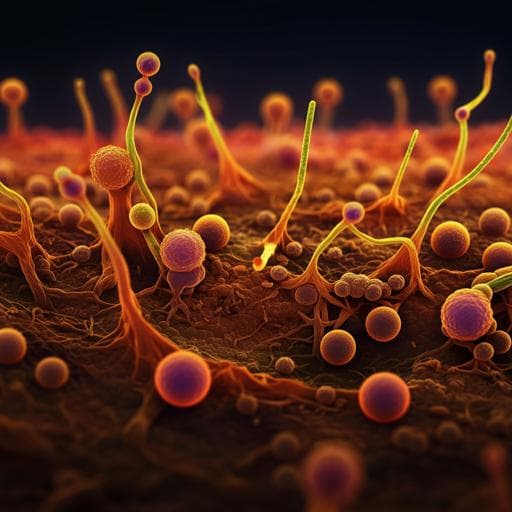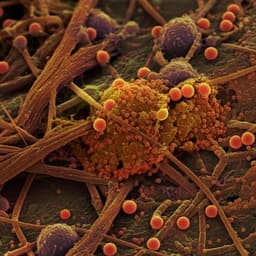
Agriculture
Integrating microbial community properties, biomass and necromass to predict cropland soil organic carbon
C. Wang, X. Wang, et al.
Discover how manipulating microorganisms can boost soil organic carbon in croplands! This groundbreaking research by Chao Wang, Xu Wang, Yang Zhang, Ember Morrissey, Yue Liu, Lifei Sun, Lingrui Qu, Changpeng Sang, Hong Zhang, Guochen Li, Lili Zhang, and Yunting Fang reveals the crucial links between microbial properties and soil carbon levels across northeast China.
~3 min • Beginner • English
Related Publications
Explore these studies to deepen your understanding of the subject.







